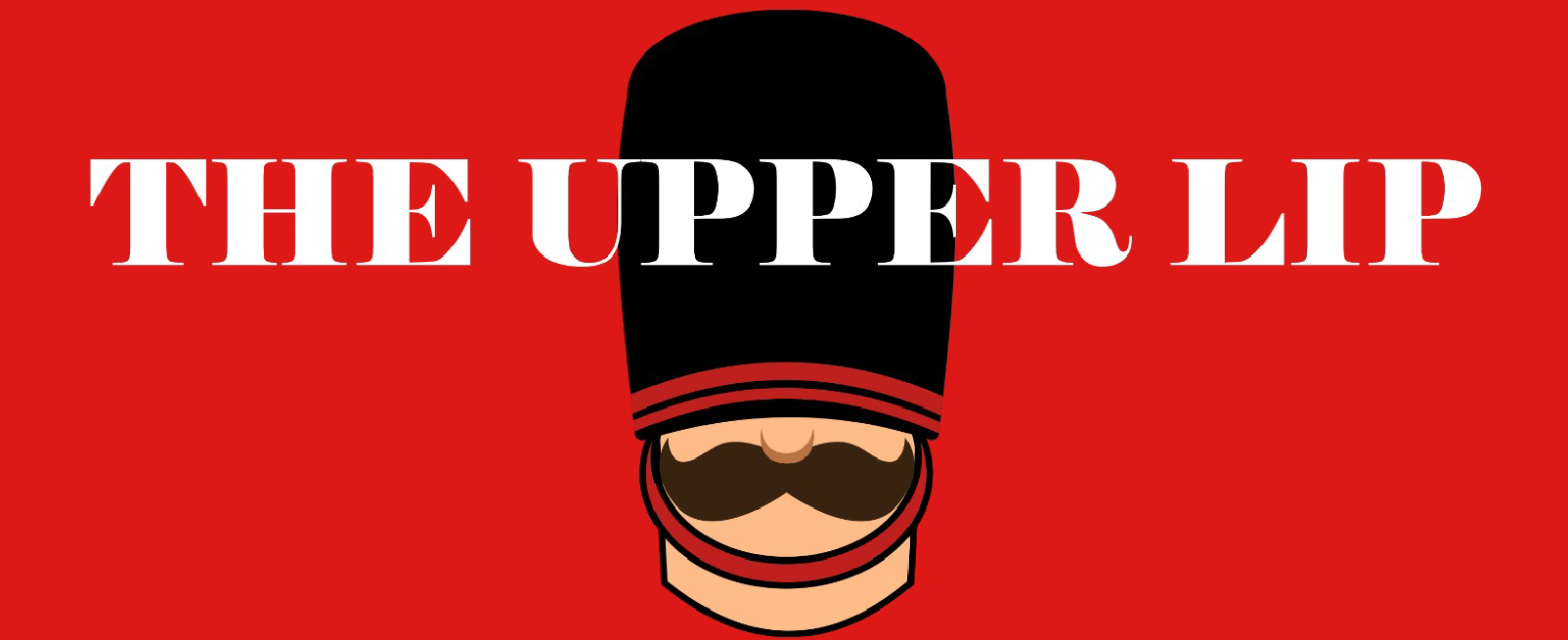A compromise over the placement of trans prisoners has been reached, proposing that male prisoners who identify as women will be sent to male prisons that identify as female. The unusual solution has both supporters and critics scratching their heads, unsure of how to interpret the novel approach.
“This is certainly an unconventional compromise,” remarked a legal expert. “It highlights the complexities surrounding the issue of trans prisoners and prison placement.”
The proposal comes amidst ongoing debates and legal challenges regarding the appropriate placement of transgender inmates. Supporters argue that the compromise takes into consideration the rights and identities of trans prisoners, while also recognizing the practical limitations of prison infrastructure.
On the other hand, critics voice concerns about potential privacy and safety issues, as well as the possibility of reinforcing gender stereotypes and creating confusion within the prison system.
“This seems like a solution that may cause more problems than it solves,” cautioned a human rights advocate. “It’s essential to find an approach that respects the rights and safety of all prisoners.”
As the compromise enters the public discourse, it raises broader questions about how society addresses issues related to gender identity and incarceration. The proposal underscores the importance of seeking common ground while navigating complex and sensitive matters.
The challenge of striking a balance between respecting individual identities and ensuring the security and well-being of all inmates remains at the forefront of the discussion.
In the coming weeks, the proposal is likely to generate extensive discussions and evaluations. As policymakers and advocates delve into the implications and potential consequences, it is clear that finding a fair and effective solution will require a careful examination of legal, ethical, and human rights considerations.
In the meantime, this unique compromise serves as a reminder of the evolving understanding of gender identity within society and the ongoing efforts to establish equitable and inclusive policies in all aspects of life, including the prison system.
















